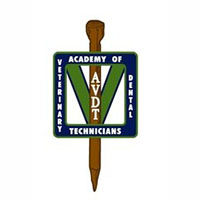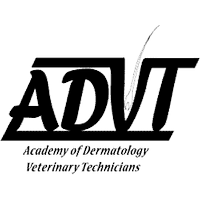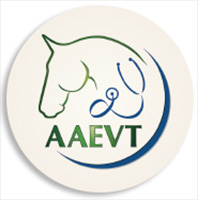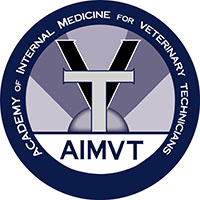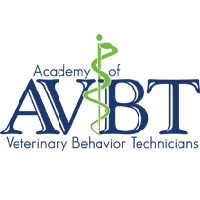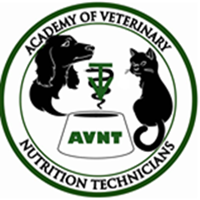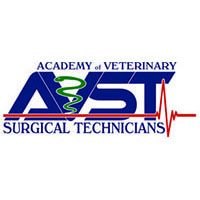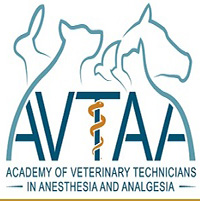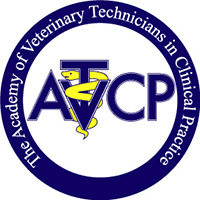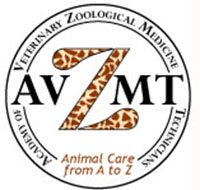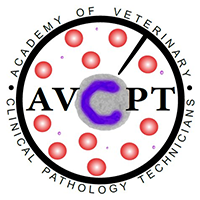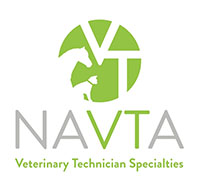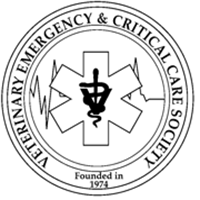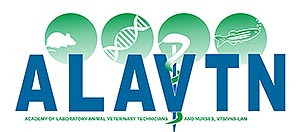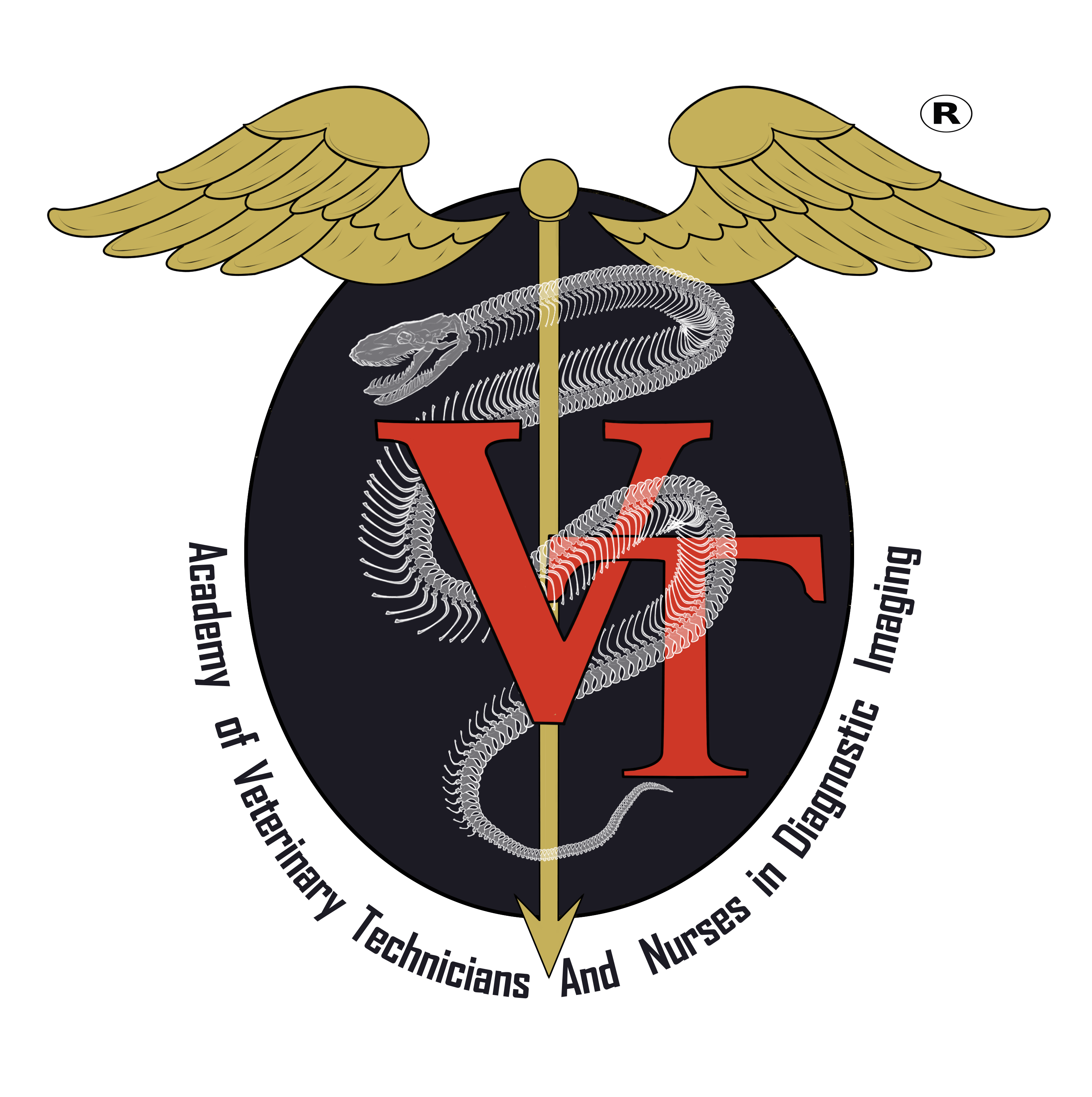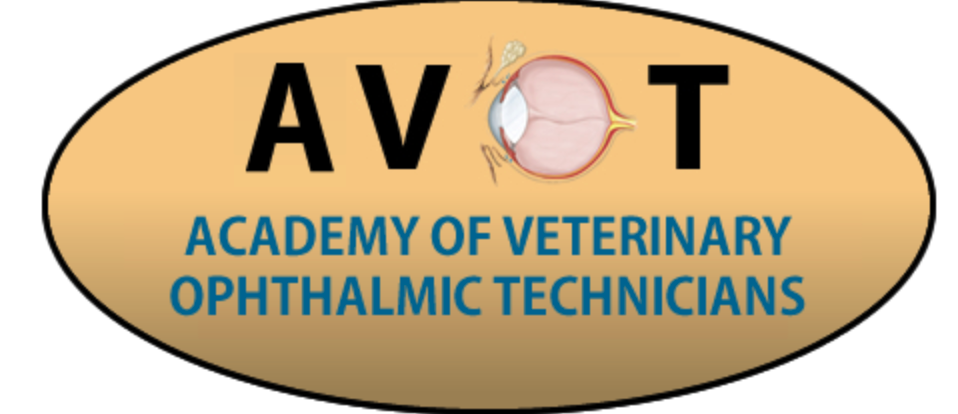AVECCT History
Historical Overview:
The formation of the Academy began with a discussion by a few veterinary technicians from around the country in the early 90’s. It initially began with technicians at Colorado State University and the University Of California, Davis. More formal discussions began after members of the board of directors for the Veterinary Emergency and Critical Care Society (VECCS) were approached about their feelings for the formation of a technician specialty academy. We wanted to be able to work through VECCS much as American College of Veterinary Emergency and Critical care (ACVECC) did in their formation. The feedback was positive and as a result our first organizational meeting was held in San Antonio Texas at the International Veterinary Emergency and Critical Care Symposium #3 (IVECCS III), in September 1992.
Harold Davis, RVT and Melba McGee RRT, RVT conducted the meeting. Approximately 20-30 technicians were in attendance. The objective of the meeting was to see if there would be any interest in the formation of a specialty group with the primary focus being certification in emergency and critical care nursing. The group agreed that there was interest. With Ms. McGee being a newly appointed member to the board of directors for VECCS, it was decided she would head the organizational committee with several people volunteering to participate on the organizing committee. Ultimately, the organizing committee consisted of Craig Cornell, RVT, Harold Davis, RVT and Melba McGee, RRT, RVT.
Over the next two years several tasks were completed. A survey was sent out to the VECCS membership regarding technician certification. A proposal was drafted for the Academy and submitted to the VECCS board of directors. The VECCS board approved of the idea in concept and supported the development of the Academy. During that same time period we communicated our intent to the North American Veterinary Technicians Association (NAVTA) and received communication from Teresa Sonsthagen, BS, CVT, past president of NAVTA and Patrick Navarre, BS, RVT, NAVTA Executive Director. Dr. Jim Ross Dip ACVIM and ACVECC and former president of VECCS also forwarded our proposal to the American Veterinary Medical Association (AVMA). The AVMA gave us their blessings and encouraged us to work with NAVTA. Finally a draft constitution and By Laws was written.
A second organizational meeting was held in San Antonio Texas at IVECCS IV in October 94. Again Harold Davis and Mel McGee conducted the meeting. At this meeting there were approximately 65 attendees. The meeting started off with Drs. Wingfield and Murtaugh (president and president elect respectively) giving the attendees words of encouragement in the endeavor and telling the group that we had the support of the VECCS board of directors. Melba McGee and Harold Davis addressed the group on the past, present, and future developments of the certification process.
Attendees had been told that the organizing committee had been in contact with NAVTA and received their policies and procedures for recognition of Veterinary Technician Specialties. They were also told that a draft constitution and bylaws modeled after the American College of Veterinary Emergency and Critical Care had been developed. Harold Davis presented the highlights of the draft constitution and bylaws. The highlights included the organization objectives, possible credentials for sitting for the exam, length of certification, and the re-certification process. Proposed qualifications for charter members were also discussed. After the presentation, a discussion took place between the attendees covering all aspects of specialty certification. The topic that seemed to generate the most discussion was whether or not to limit the certification to registered veterinary technicians or open it up to all interested veterinary personnel. An informal poll was taken and the majority of the attendees preferred to limit the certification process to registered veterinary technicians. In summary, the group was told that the organizing committee would finalize the constitution and bylaws; submit the petition to NAVTA; work with NAVTA to develop academy certification; make a call for charter members; and finally develop and administer the first exam. The goal was to submit the petition to NAVTA by the first of the new year (1995) and perhaps offer the first exam at IVECCS V.
In April 1995, the organizing committee submitted the petition for recognition as a veterinary technician specialty to NAVTA’s Committee on Veterinary Technician Specialties (CVTS). The 55-page petition included responses to questions asked by NAVTA's CVTS such as how we represent a distinct and identifiable specialty of veterinary technology and whether or not we are supported by an existing veterinary specialty. The petition also included articles regarding veterinary technician specialties; results from the 1992 VECCS technician survey; letters of support form VECCS and ACVECC; the academy’s proposed constitution and bylaws; and the curriculum vitas of the organizing committee.
After several months of discussion between the organizing committee and members of NAVTA’s CVTS, NAVTA’s executive board granted provisional recognition to the Academy of Veterinary Emergency and Critical Care Technicians on January 15, 1996. This exciting event took place at the annual general meeting of NAVTA during the North American Veterinary Conference in Orlando Florida. Two of the three members of the organizing committee were in attendance, Melba McGee, RVT and Harold Davis, RVT. They were presented with a certificate from NAVTA stating our provisional recognition status. A plaque was forthcoming. The attendees at NAVTA’s annual meeting were told by NAVTA that AVECCT was the model that future specialty organizations would be judged by. In addition to granting provisional recognition, NAVTA's Executive board made a decision to grant the members of the organizing committee charter status in the Academy. NAVTA had decided that all technicians meeting the requirements of their respective specialty Academy would use the designation Veterinary Technician Specialist (VTS) followed by the area of specialization in parenthesis.
In the spring of 1996 the organizing committee made a call for charter members of AVECCT. The call appeared in the Veterinary Technician Journal, Veterinary Practice Staff, NAVTA News, and the Veterinary Emergency and Critical Care Society’s newsletter the Lifeline. Thirty-Seven Technicians submitted their credentials. The selection committee consisted of the AVECCT Organizing Committee ( Craig Cornell, RVT, Harold Davis, RVT, and Melba McGee, RVT), and three Diplomats from the American College of Veterinary Emergency and Critical Care (Susan Hackner, Robert Murtaugh, and Wayne Wingfield). We were particularly proud to note that the 6 independent reviewers provided scores for the particular categories and that statistical assessment of the scores provided evidence of impartiality and consistency.
- The candidates were scored in six categories:
- Emergency and Critical Care Experience
- Leadership Abilities
- Contributions to the Growth of Veterinary Technology
- Teaching and Continuing Education Presentations
- Veterinary Emergency & Critical Care Society Membership
- NAVTA Membership
Fourteen people were selected as charter members of the academy. They included:
- Lisa Anderson, CVT, Stoughton, WI
- Leslie Carter, RVT, Fort Collins, CO
- Jennifer Dueringer, LVT, Hamburg, NY
- Dana Heath, RVT, College Station, TX
- Sandra Huber, CVT, Fort Collins, CO
- Patricia Mullane, AHT, Philadelphia, PA
- Donna Oakley, AHT, Philadelphia, PA
- Sally Powell, AHT, West Chester, PA
- Nancy Shaffran, AHT, New York City, NY
- Lewanne Sharp, RVT, Los Gatos, CA
- Mary Sivula, AHT, Painesville, OH
- Cheryl Spencer, CVT, Fort Collins, CO
- Paula Voglewede, RVT, Lafayette, IN
- Suzanne Barker - Wingfield, RVT, Fort Collins, CO.
The Charter members of AVECCT met September 1996 in San Antonio during IVECCS V. Elections were held and Harold Davis was elected president; Melba McGee, president elect; Nancy Shaffran, treasurer; and Craig Cornell, Donna Oakley and Dana Heath, members -at- large to the council of regents. Sandra Huber was appointed executive secretary. The members adopted the Constitution and Bylaws unanimously. A special recognition membership lunch was held. Gary Stamp DVM, Dip ACVECC, Bob Murtaugh, DVM, Dip ACVECC, Susan Hackner, DVM, Dip ACVECC and Wayne Wingfield, DVM, Dip ACVECC were all recognized for their support to the academy. The charter members were also presented with AVECCT certificates.
A Role Delineation Survey was developed and distributed at the IVECCS V. The purpose of the survey was to identify the types of patient care problems as well as those task and the associated knowledge, skills, and abilities necessary for a veterinary technician to practice emergency and critical care nursing. The results of the study were used to form the foundation for the AVECCT exam.
Over the next two years the credentials, examination, and continuing education committees worked to meet their respective objectives. The credentials committee developed an application packet and in January 1998 began the review of 38 applications for the first AVECCT examination. The examination committee purchased examination-banking software; secured the services of an examination consultant; developed an examination blueprint based upon the role delineation survey. The examination committee also solicited potential examination questions from the membership. The committee reviewed and reworked examination questions and developed a 200-question examination. The continuing education committee was given the responsibility by the board of directors of VECCS to plan the technician portion of IVECCS VI.
In September 1997 AVECCT received a certificate of incorporation form the state of New York as a not for profit educational organization. Our treasurer, Nancy Shaffran was instrumental in obtaining the certificate of incorporation.
In September 1998, during IVECCS VI, the first AVECCT examination was administered to 26 candidates. The technician section of IVECCS was a success. 485 technicians were in attendance. The CE committee did an outstanding job in implementing their planned three and one half days of CE, which included lectures, labs and workshops.
On October 9, 1999 the second AVECCT exam was administered simultaneously in Reno Nevada in conjunction with the Wild West Veterinary Conference and at the University of Pennsylvania. Seventeen candidates took the examination.
The third examination was administered on September 7th 2000 in conjunction with IVECCS VII in Orlando Florida. 18 candidates took the exam. AVECCT was recognized as one of the presenters of IVECCS along with VECCS and ACVECC.
In the fall of 2000, we received recognition of exemption from the Department of Treasury and are exempt from federal income tax as an organization described in section 501 (c) (a) of the Internal Revenue Code.
|

